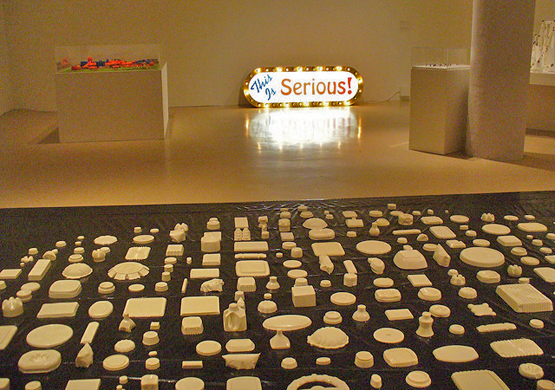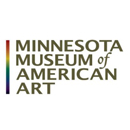Minnesota Museum of American Art is one of the oldest visual arts institutions in the region with roots dating back to the 1890s. It was founded by several local artists and community leaders in 1894 as the St. Paul School of Fine Arts. In 1926, it was incorporated as the Saint Paul School of Art and boasted local painters such as Dewey Albinson and George Resler as professors. Cameron Booth took over from Albinson in 1929 and saw the school through a period of growth, including the move to a beautiful house on Summit Avenue in St. Paul. The school started collecting art in 1940 with a large bequest of Chinese jade pieces. From the 1950s on, under the name Saint Paul Gallery and School of Art (and later the Saint Paul Art Center), it pursued an avid program of exhibitions—including biennials of drawings, craft, and contemporary art—and assembled an esteemed collection of paintings, works on paper, sculpture, and craft.
Renamed the Minnesota Museum of Art in 1969, it became a leading presence on the Twin Cities art scene through its nationally regarded exhibitions and educational programs. By 1992, the museum added “American” to its name to reflect its increasing focus on national and regional art and the changing nature of the American experience as seen through the visual arts. All non-American objects in the museum’s collection were deaccessioned a few years later to reaffirm the MMAA’s focus on American and regional art.
The museum has been housed in a variety of St. Paul locations throughout its history, including a house on Summit Avenue, the Arts and Science Council Building (Tenth, Wabasha, and College Streets), the Jemne Building (formerly the Women’s City Club Building, on the corner of Kellogg Boulevard and St. Peter Streets) Landmark Center, and until March 2009, the West Publishing Company on Kellogg Boulevard, a facility owned by Ramsey County. Due to the redevelopment of the West Publishing building, the museum is currently without a physical structure and permanent home. The museum’s permanent collection of approximately 3,500 artworks is safely stored and maintained in a remote storage facility near St. Paul.













